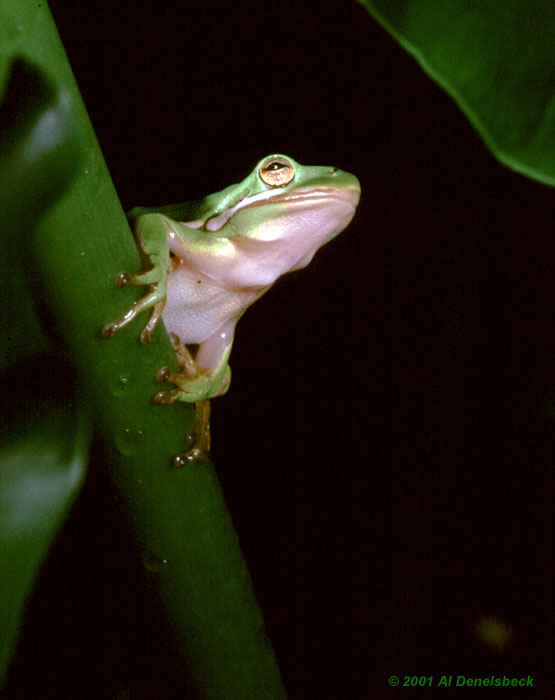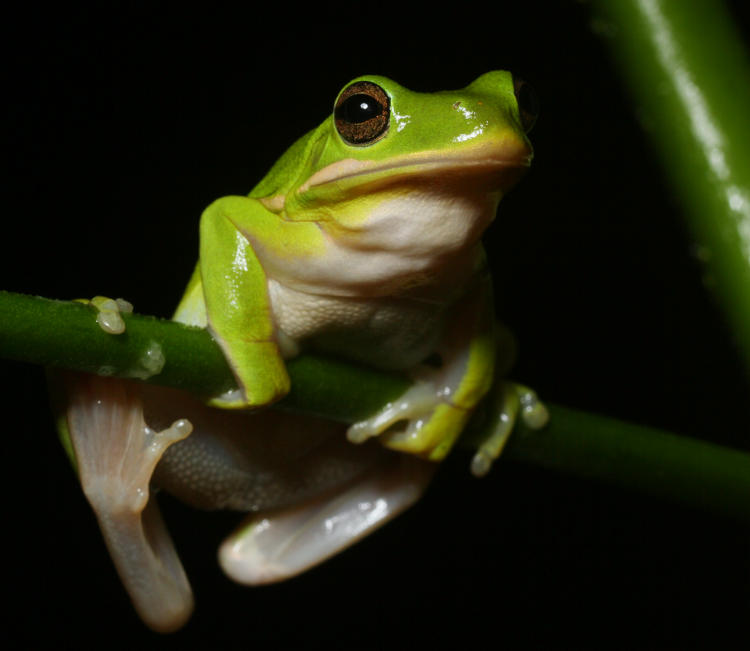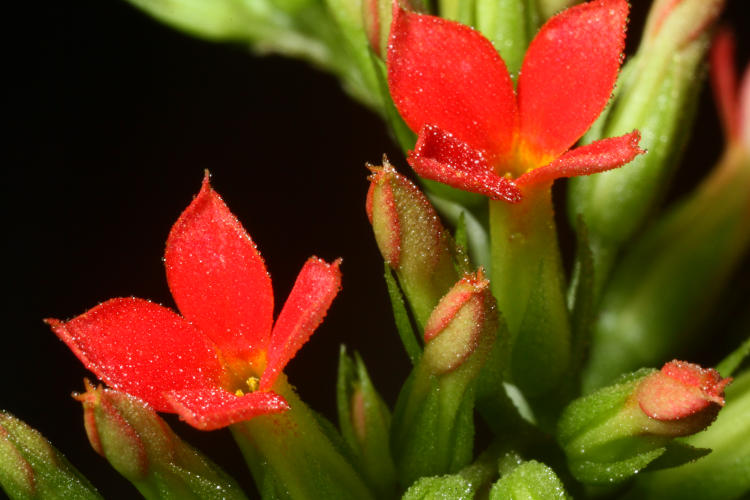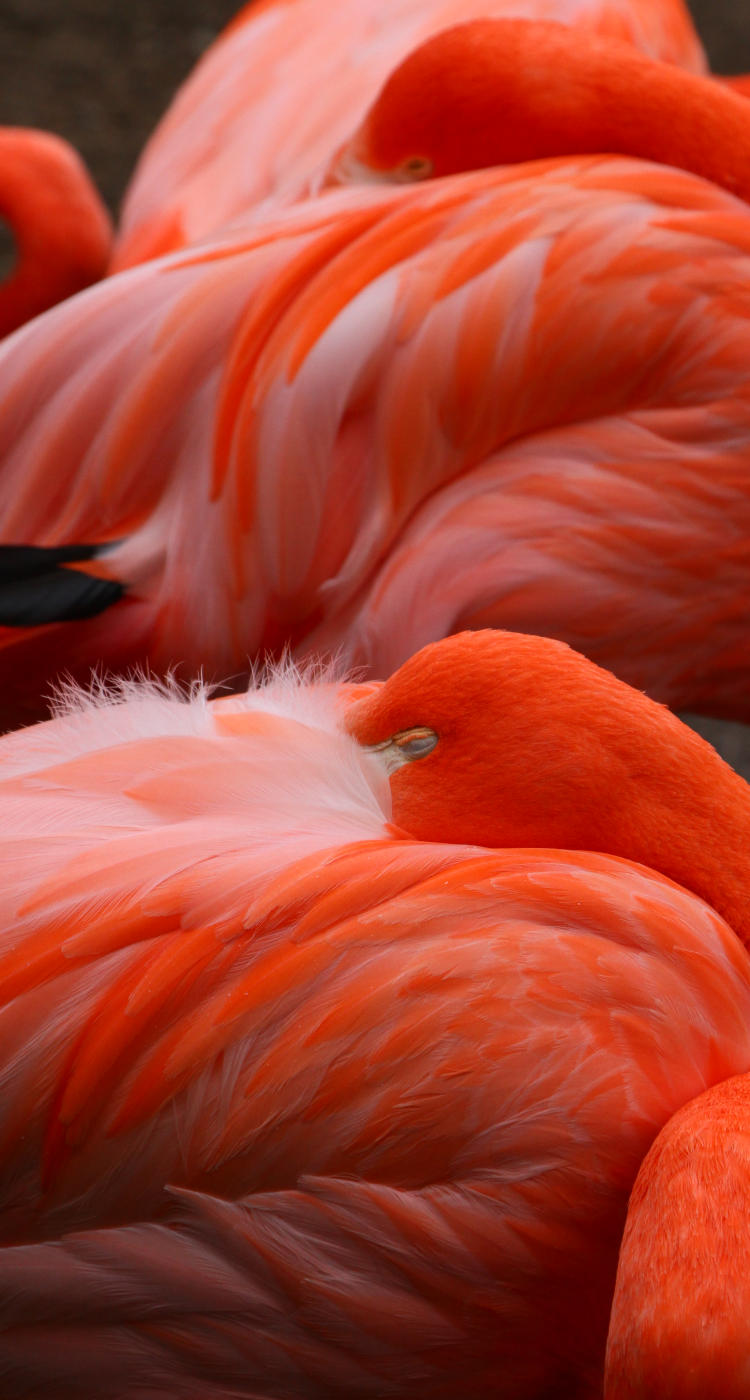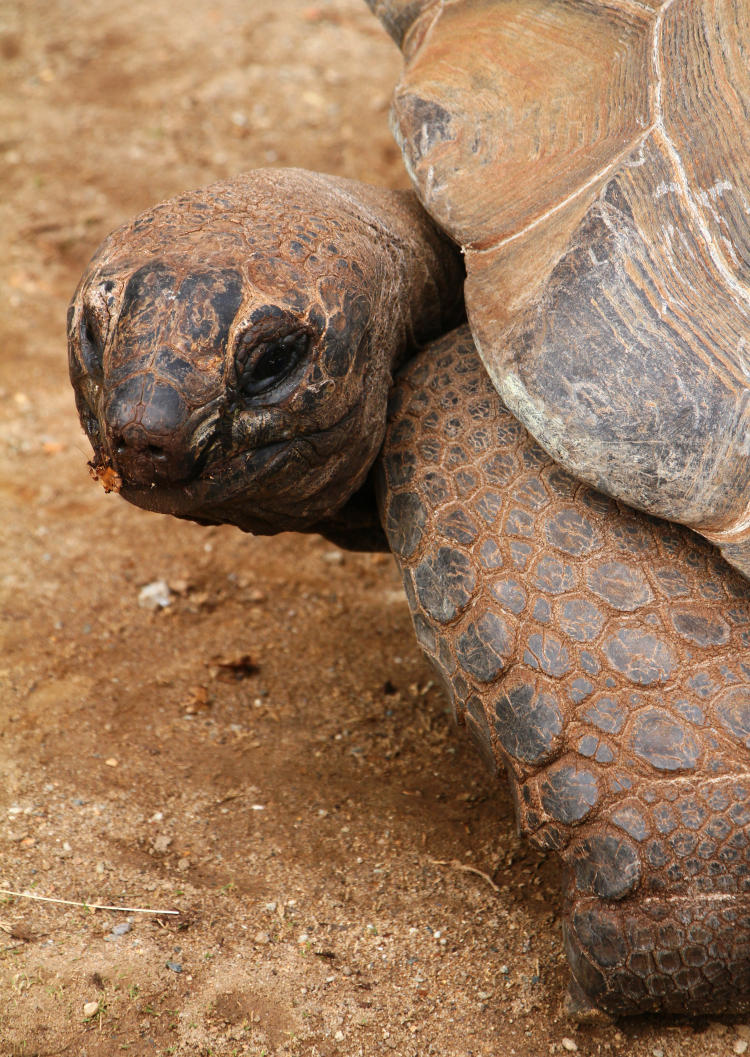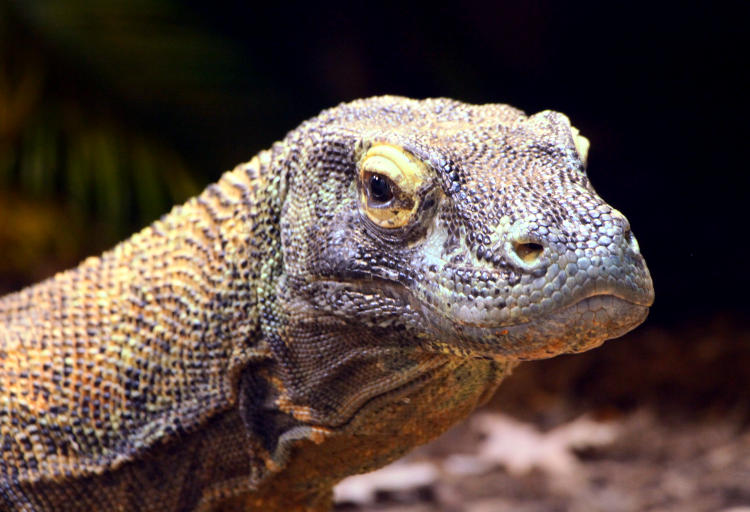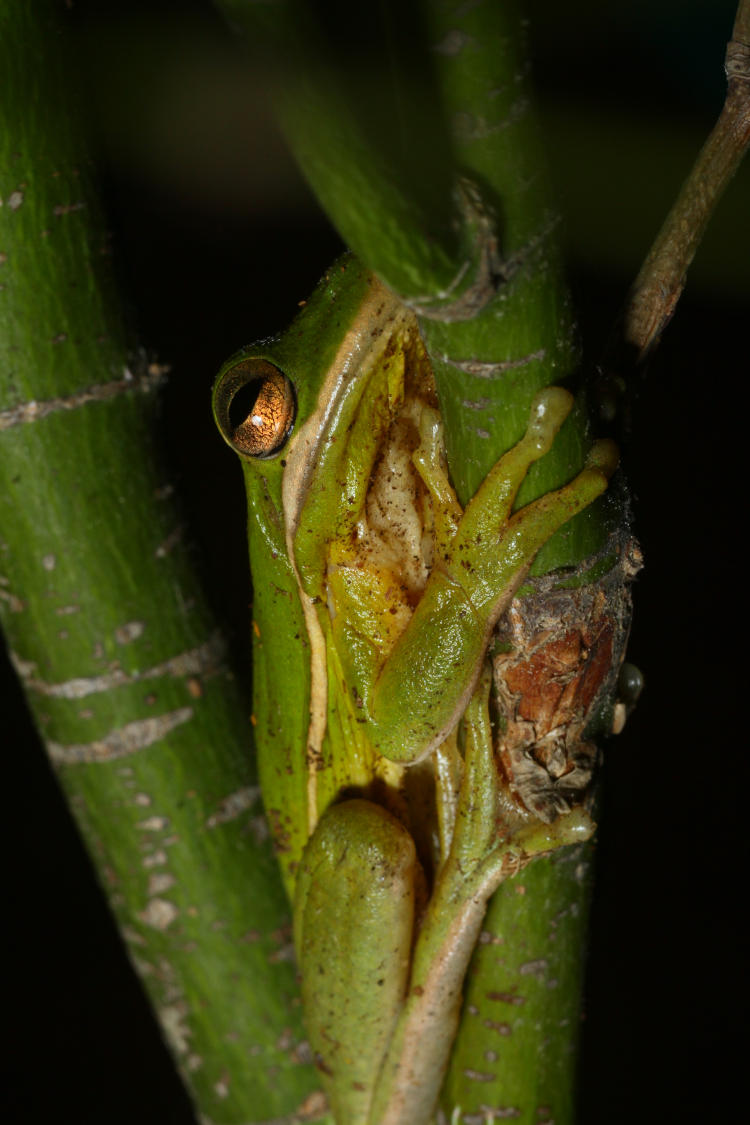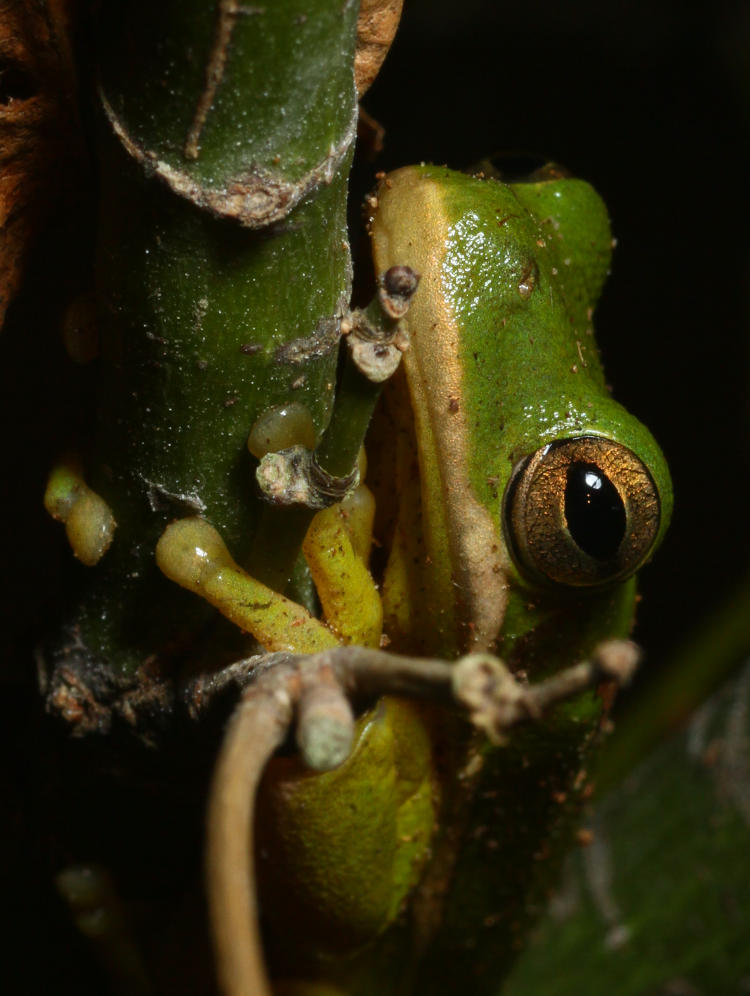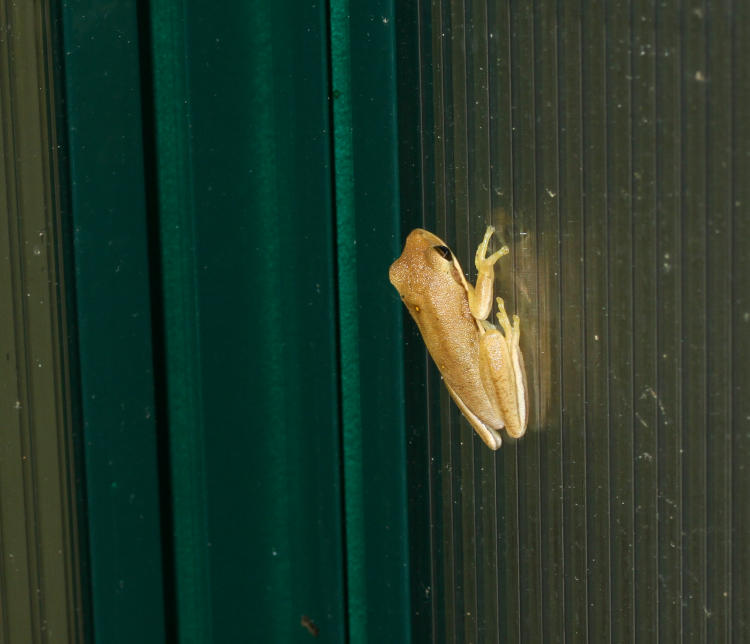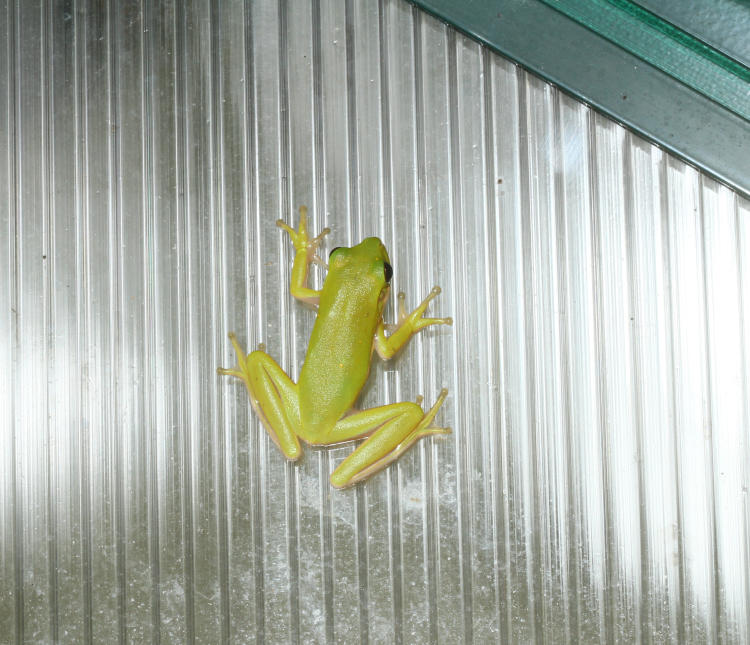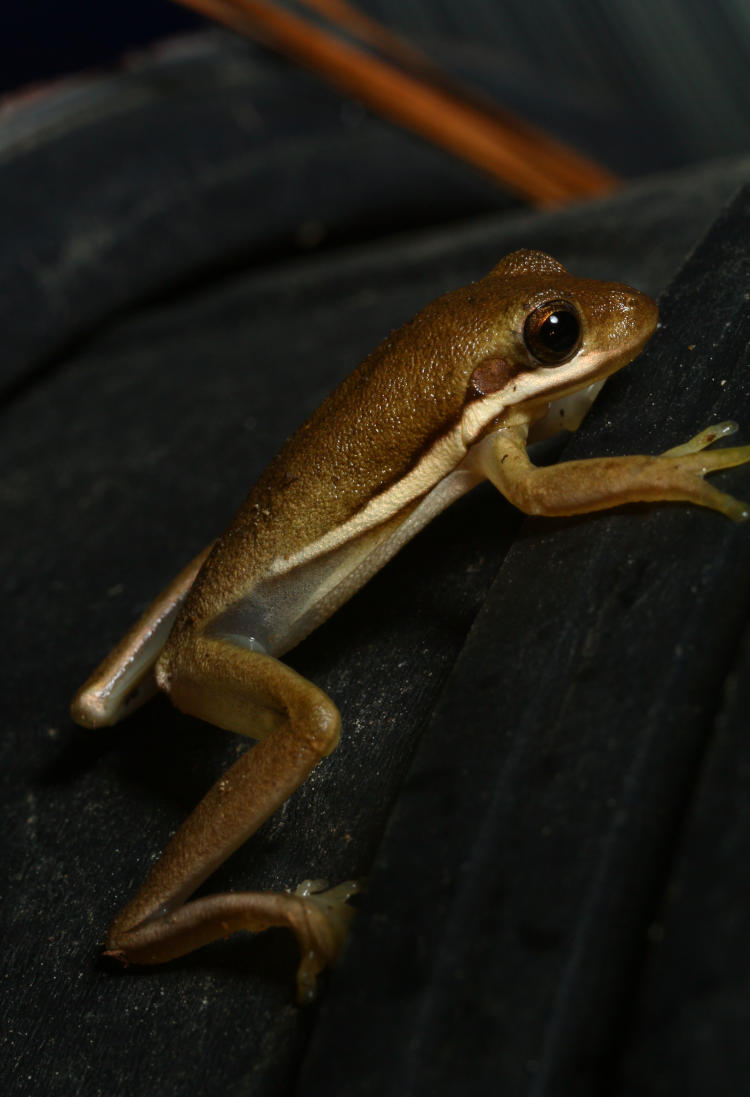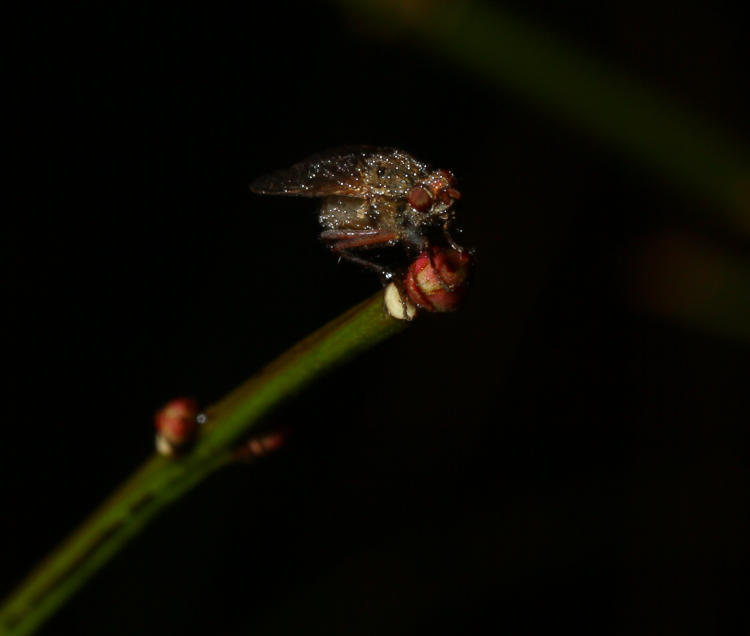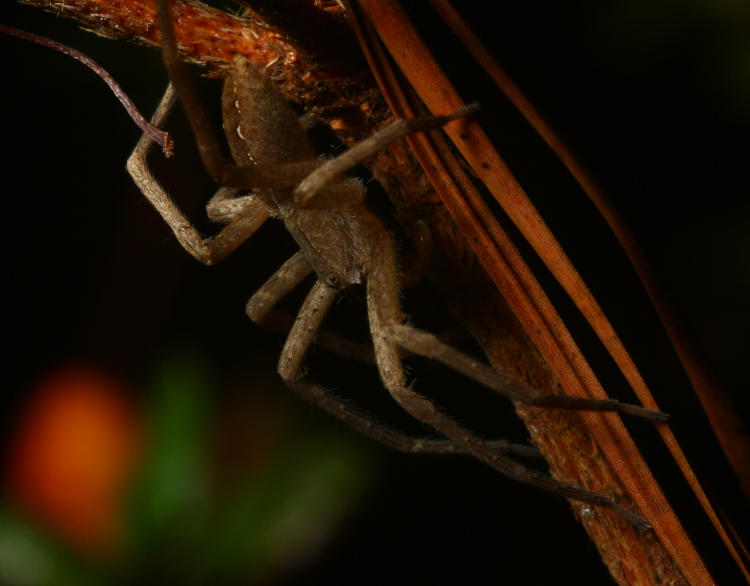Okay, was that a particularly terrible title? I dunno, it had that certain cliché-trashing aspect to it…
Anyway, a look back at posts and photos from last year that I’m fond of, which you should definitely consider fair warning, because you’re not getting any others. There will be a couple more posts of a similar nature coming, one of them the annual tag roundup, so this will have companions eventually. Also, while there’s no point where I could say that I ever did insightful posts, last year was notably thin on those that fit my own definition, so there will be a little more concentration on photos, here. Anyway, favored posts in chronological order:
So many questions – More about nomenclature than anything, but it reveals ongoing research into our ancestry. And it has a followup post further down.
A little bit – Surprising finds for February, but always appreciated in those slow months.
Came through in the end – A serendipitous photo sequence – well, okay, perhaps not, because it’s exactly the kind of thing we were there to find, and managed not to interrupt it or anything so, all skill, baby.
But still, ‘snot art – Cropped into a vertical from a horizontal original, and one of a sequence of frames as they passed, it all came together for this to make it one of my favorite beach pics.
The backstory (part 1 perhaps) – Just a few pics I like, mere grab shots during a road trip.
New York: The raptors II (On the Move) – The names is cribbed from the movie Mannequin Two: On the Move, but this is much better by far, and I can say that having only seen the first. This, however is part of the reason why bird photos outnumbered all others this past year.
Not even a day – I’m gonna cheat a little here, because there are three posts all together featuring the juvenile green treefrogs, but I couldn’t decide on which was the best to feature, so also check out I did and Can’t leave ’em alone.
Here be dragons. Tiny ones. And bugs – A great day at the NC Botanical Garden, with one of my favorite subjects taking the lead.
Going critical – Man, we need some more emphasis on critical thinking in this country. Well, all over the world, really, but it’s especially embarrassing when it’s your own country.
Too cool, part 49: Genetics and Human Evolution – This is the followup to a post above, even when it didn’t answer the main question, but that’s okay because it’s an excellent video nonetheless.
Not too shabby at that – Good conditions for the not-total lunar eclipse of November 2021 (yes, I know the correct term is ‘partial lunar eclipse,’ but this was so close to total that “partial’ gives the wrong impression.)
And now, a few of my favorite images from the past year [cue sappy music]:
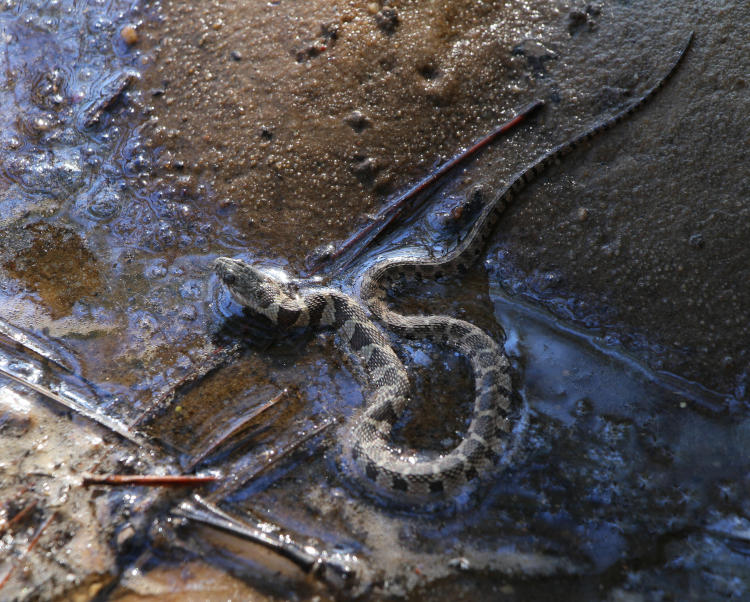
Wasn’t expecting to find a juvenile northern water snake (Nerodia sipedon sipedon) active in March, but I’ll take it.
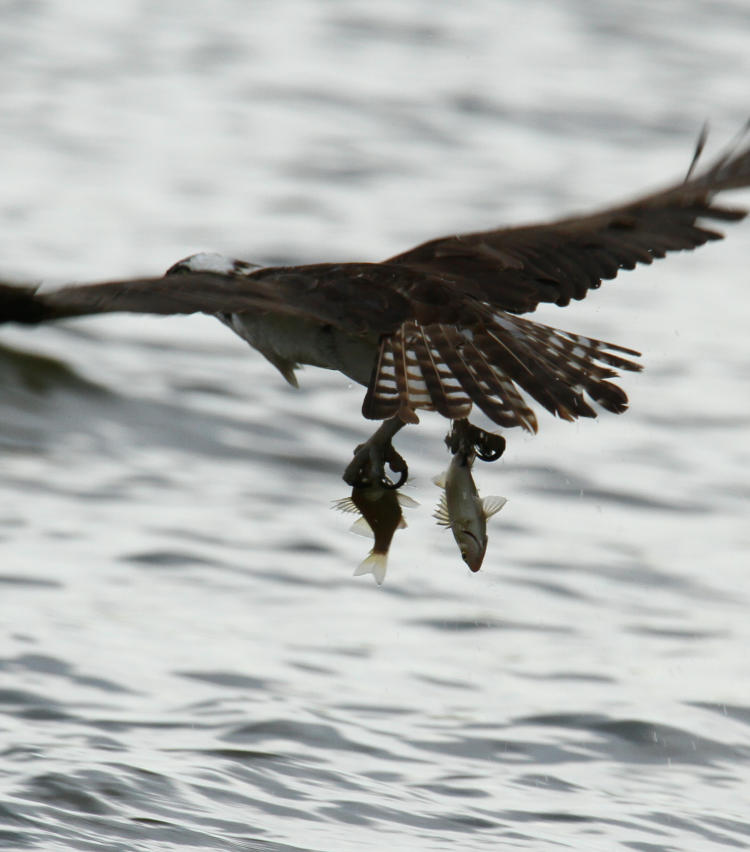
For all the trouble I’ve had focus-tracking on diving osprey (Pandion haliaetus) the past few years, this is way sharper than it had any right to be. Put ’em both to use!
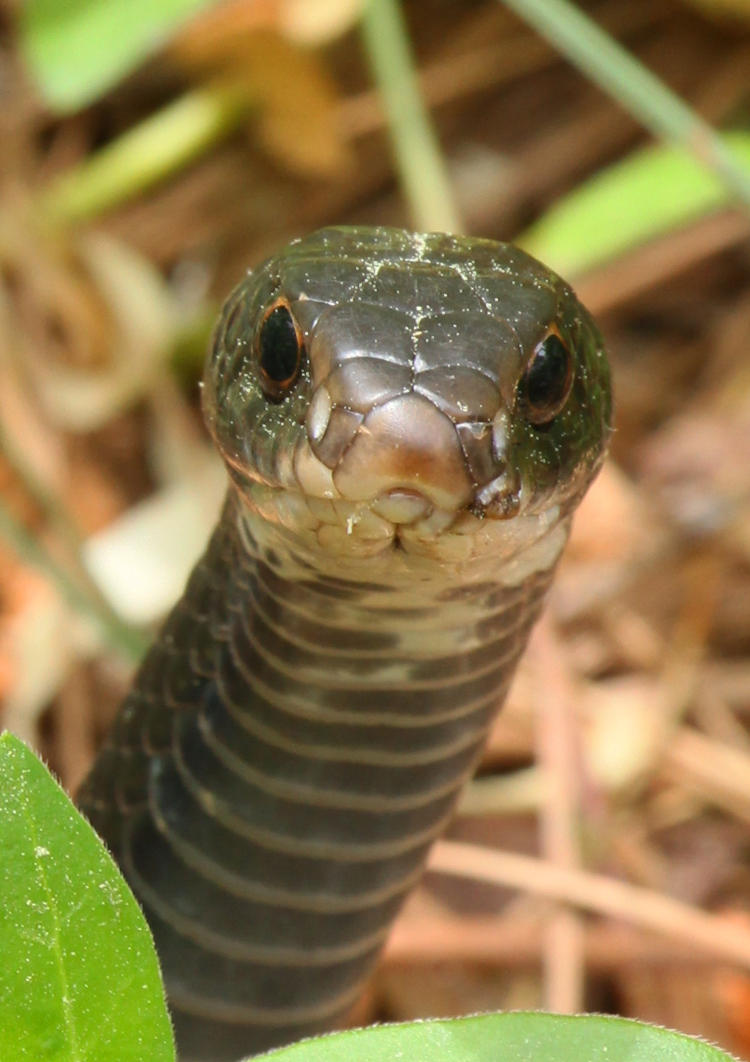
A briefly cooperative black racer (Coluber constrictor,) right in the side yard, and very likely one I’d seen the previous year. Welcome back!

Sunrise with a long lens, and someone nearly two kilometers off. I bet it’s hot over there…
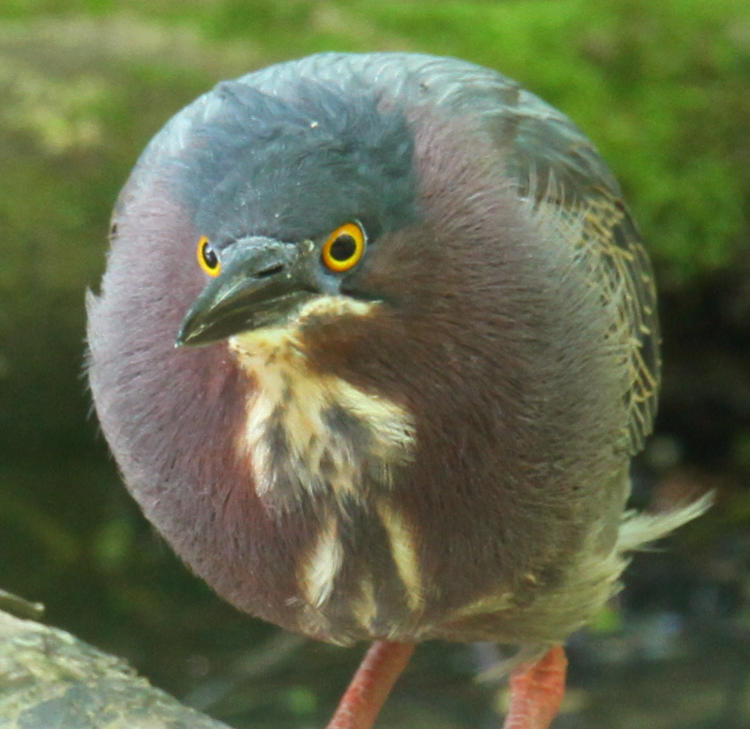
Of course this was gonna make it up here!
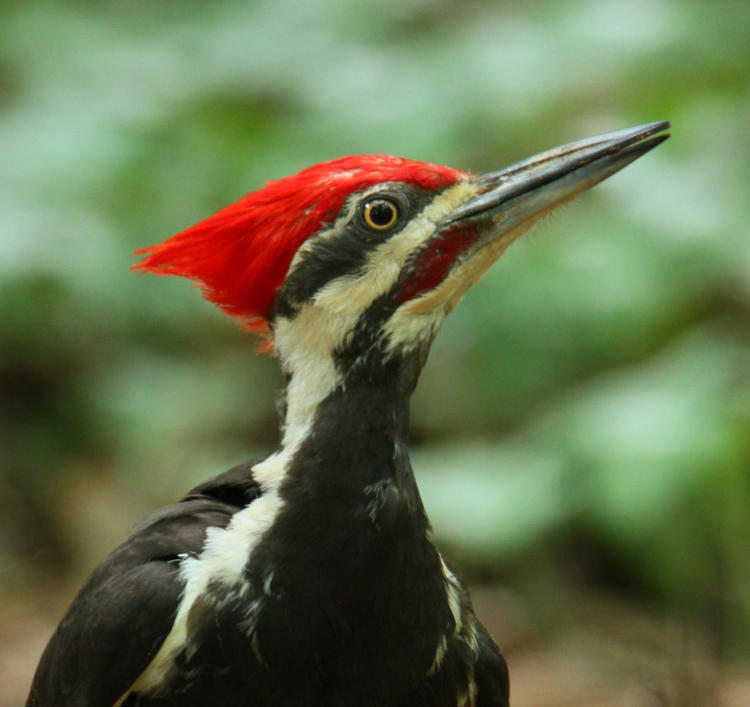
… and this. It’s easy to say something like, “Well, sure, you had that monster lens,” (go ahead,) but 600mm doesn’t magnify that much – I had to be fairly close for both of these, so I’m showing off. Deal.

Acting on a hunch after hearing some calls and seeing an adult fly off, I found this newly-fledged juvenile bald eagle (Haliaeetus leucocephalus) enjoying its catered meal.

Same day.

A few months after saying that I’d only photographed them once in my life, perhaps, I found this roseate spoonbill (Platalea ajaja) in central New York. They do not belong in New York. At all. Not even close.
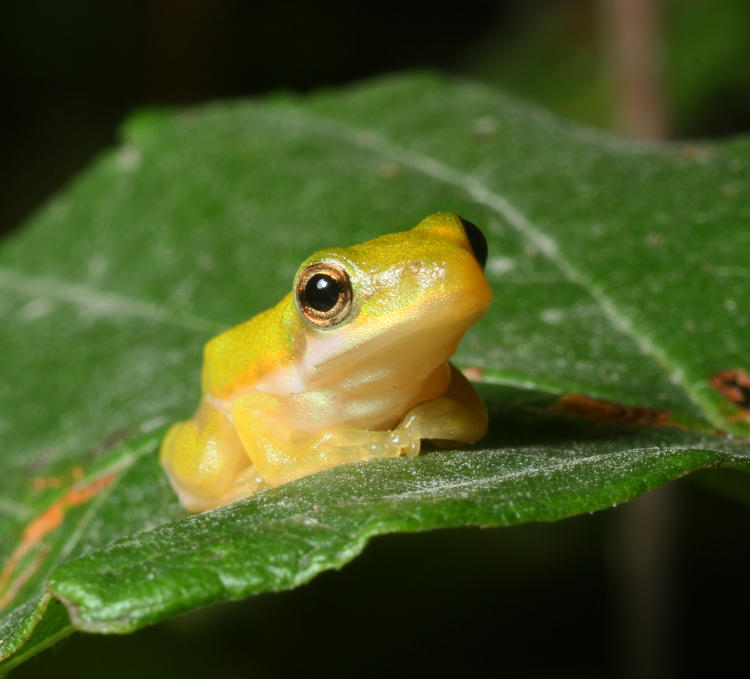
Trying too hard to look totally guileless.
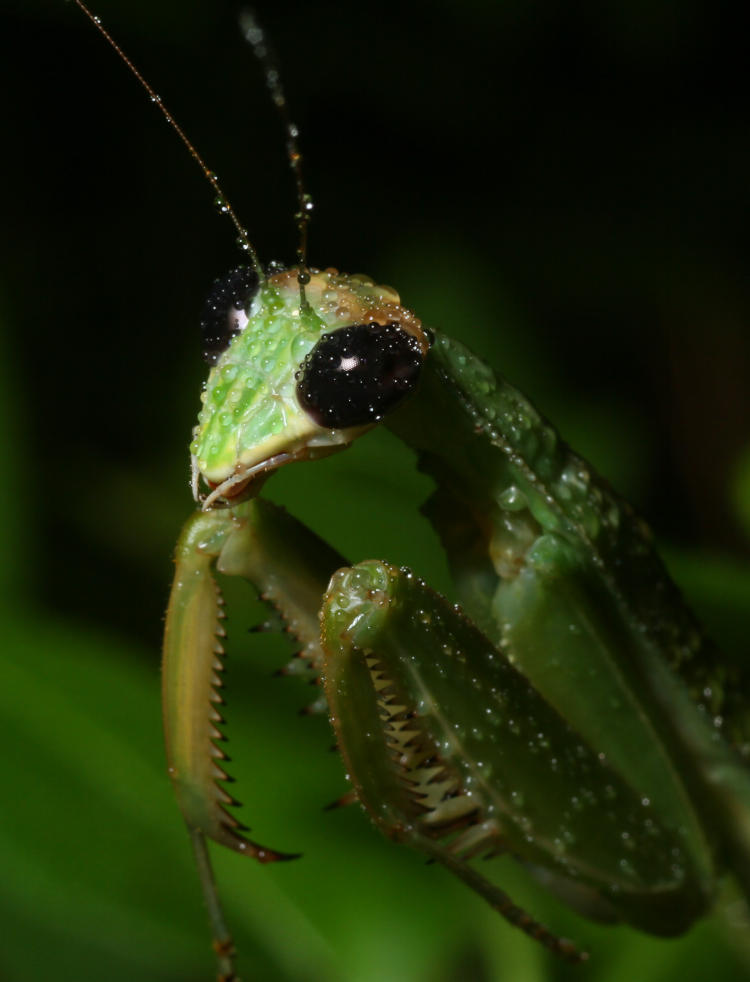
The mist was my own doing, but the Chinese mantids (Tenodera sinensis) usually appreciate it.
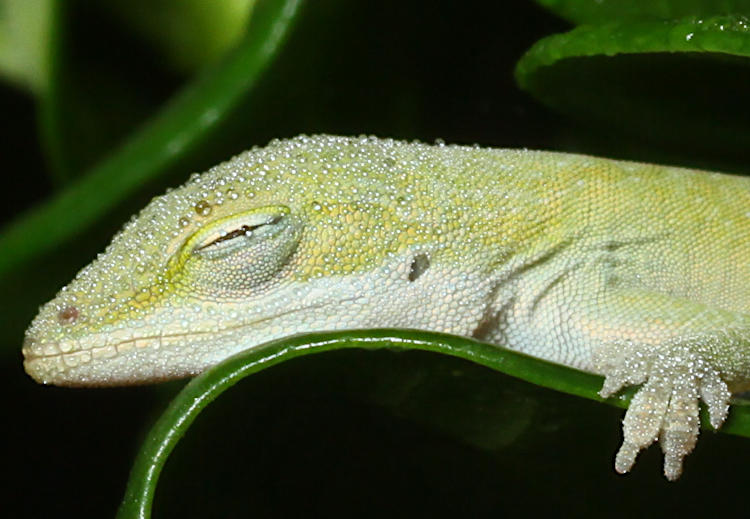
This dew is perfectly natural, and the juvenile Carolina anole (Anolis carolinensis) is tiny. And on our rose bush.

Full resolution crop of the moon one night, Tamron 150-600 at 600mm with Tokina 2X teleconverter.

An autumn color tableau.

Experimenting with the holiday lights.
Originally, I had done a post with the first and last photos of the year in each of my stock categories, but after spending too much time on it I found it was boring and trashed the post. However, in that process I did tally up the number of saved images for the year:
Aquatic: 16 (didn’t do a lot of fish in 2021)
Arthropods: 729
Beach: 195 in a mere five days
Birds: 2,978! I think it was a birdy year…
Invertebrates (which is mostly snails/slugs): 22
Lakes/Streams/Waterfalls: 533
Leaves/Plants/Trees: 754
Mammals: 145
Mountains: 23 – I don’t do enough mountain trips, and this year was no exception.
Reptiles/Amphibians: 1,165
Scenic/Abstract: 755
Science/Miscellaneous: 705
Space: 243
Sunrise/Sunset: 666
That totals to 8,929, but that isn’t accurate since a) a number of those are duplicated across multiple categories, and b) it doesn’t include the personal shots that aren’t counted as sellable stock (unless you’re making an offer?) In comparing the first and last image numbers for the year, I find I shot a hair over 15,000 images, so retention was somewhere around half – this is typical for working photographers, maybe slightly higher than average, but that could only mean I’m not being as critical as I should. I’m surprised the Arthropods aren’t higher, really. But I’ll close with one of those bookend images that never got uploaded before, the last shot in the Beach category, from way back in May:

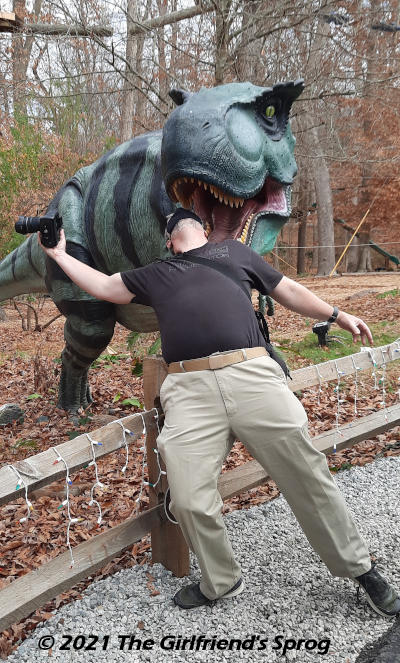 But I can’t let it go at that, either, so I’m adding a photo of yours truly, taken by The Girlfriend’s Sprog at the Greensboro Science Center – the fences really should have a buffer barrier in there…
But I can’t let it go at that, either, so I’m adding a photo of yours truly, taken by The Girlfriend’s Sprog at the Greensboro Science Center – the fences really should have a buffer barrier in there…




















































